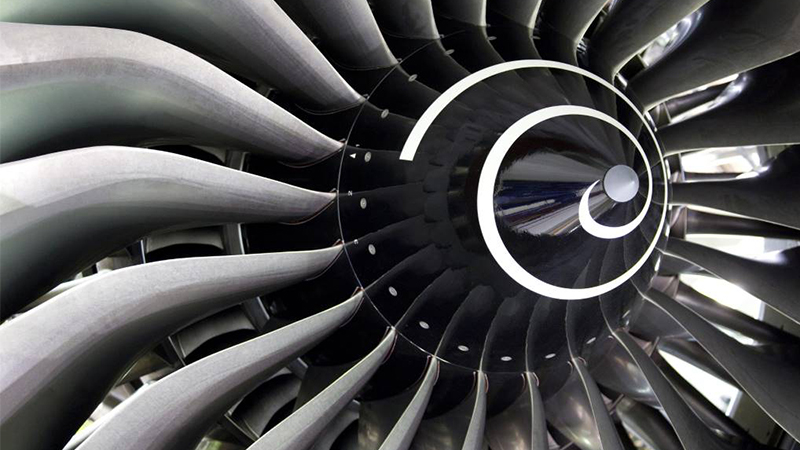

Image Courtesy: Rolls Royce
In mid-March, Rolls-Royce announced a new investment in its existing large engine testing and assembly facilities. Totaling £55m, its goal is to increase engine building and, by extension, testing by 40% per year from 2025 compared to historic levels.
As one of the world’s biggest manufacturers of large aircraft engines, it’s fair to say Rolls-Royce’s investment is a predictor of wider industry trends. But why is engine testing so important and what does it actually involve?
Engine testing is broken down into three main types: static, stationary operating, and flight tests. At the most basic level, engine testing is designed to put the setup through its paces to ensure it’s safe and efficient enough for commercial rollout.
Early tests involve mounting the engine on a stand inside a wind tunnel and running it at normal operating speeds. As you might expect, this is to test the performance parameters of the engine to ensure the design does what it needs to. After these performance tests, things really start to ramp up.
According to Rolls-Royce, it puts its engine designs through extensive stress and fault testing. This includes operating in -60-degree temperatures, drenching with water, and simulating up to 20,000 hours of flight testing. These test conditions are vital considering the extreme environments an engine will operate under every day, let alone in adverse weather conditions.
Take extreme cold, for example. As any physicist or engineer will know, low temperatures affect components such as engine oil. It’s therefore vital to understand how increased viscosity will affect the engine and to ensure it can start and continue to operate in these conditions.
Why this is important should be fairly clear. Without performance and stress testing, there’s no way to have a design approved by industry bodies or for it to be considered safe and efficient enough for commercial use. But continued testing of existing designs is also important to understand how they’ll react to other external factors, hence Rolls-Royce’s investment in its facilities.
Rolls-Royce expects its engine sales to increase by as much as 9% per year for the rest of this decade. To accommodate this growth, it’s hiring 300 new employees across its sites in Derby, UK, and Dahlewitz, Germany.
Despite its two sites producing its famous Trent XWB engines, the company will still need to test these before passing them on to its clients. Rolls-Royce’s Derby site will produce 40% more engines per year from 2025, which is a substantial increase that necessitates the hiring of so many new operators.
What this means for the company is greater capabilities for growth in the aerospace market as well as capacity for servicing, testing, and production of its engines. Combined with its recent announcement of a £1 billion investment in the Trent engine programme, it’s clear that Rolls-Royce plans to maintain its well-earned industry position.
While engine testing is nothing new, it’s a process that benefits greatly from technological updates. Whether this is digital modelling, more advanced test environments, or even the potential involvement of AI and machine learning, technology is never more useful than when it’s used for safety and efficiency testing.
Rolls-Royce’s investment is a clear message of its commitment to providing high-quality, tech-focused, and efficient engines for commercial clients. The benefits for the company are obvious, but the benefits it’ll have for the industry more widely are just as important.
